Nutrition Coach Reveals 6 High-Protein Desserts for Fat Loss
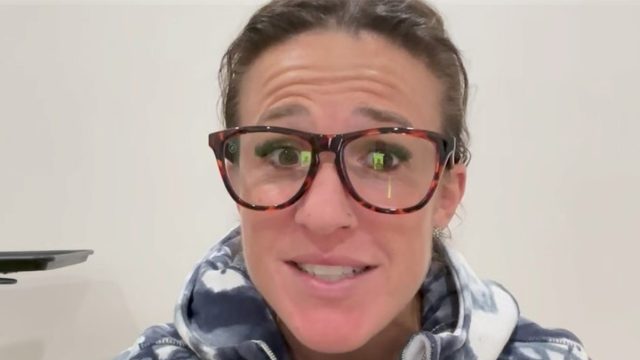
Do you have a sweet tooth and are struggling to lose weight? According to an expert, you can still indulge in dessert while burning fat. Brittney Blanco is a Macros Nutrition Coach and social media influencer who regularly shares her creative weight loss meal recipes with her followers. In a new Instagram post, she reveals some delicious go-to desserts to help you lose weight. "6 High-Protein Desserts That Taste Like Cheat Meals 😍 (But Aren't!)" she titled it. She adds in the video that they have "hardly any calories."
They Are Low-Calorie, High Protein, with "Amazing" Macros

According to Blanco, just because a food is sweet doesn't mean it is bad for you. "Craving something sweet but want to stay on track? 🍪💪 Here are 6 guilt-free, high-protein desserts with almost zero calories (okay, super low-cal 😉) and amazing macros," she writes. "🎯 High protein, low calorie, and completely satisfying! Which one are you making first?"
Protein Mug Cake
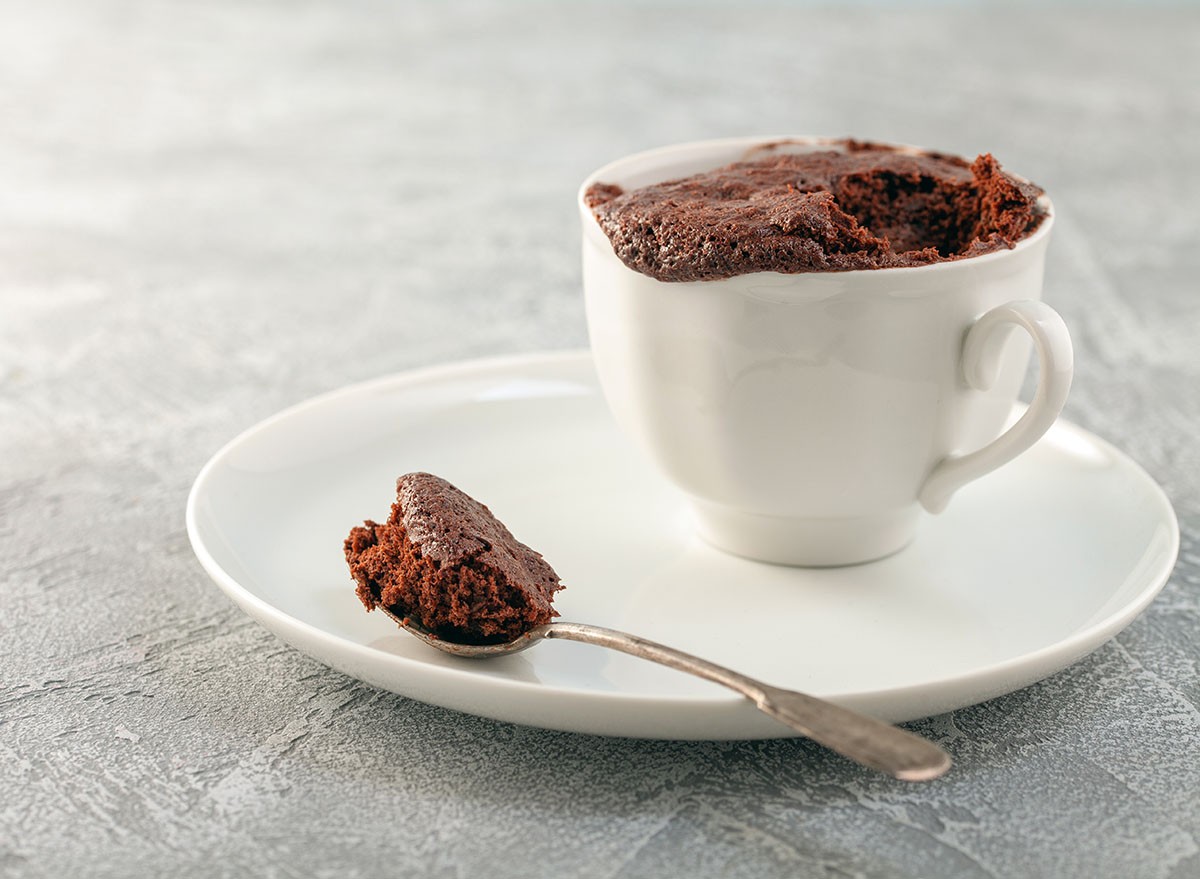
Her first dessert? Protein Mug Cake. It has 150 calories, 20 grams of protein, 4 grams of carbs, and 5g of fat per serving. "Mix protein powder, almond flour, baking powder, and almond milk. Microwave for 1 min—instant dessert magic!" she says.
Greek Yogurt Parfait
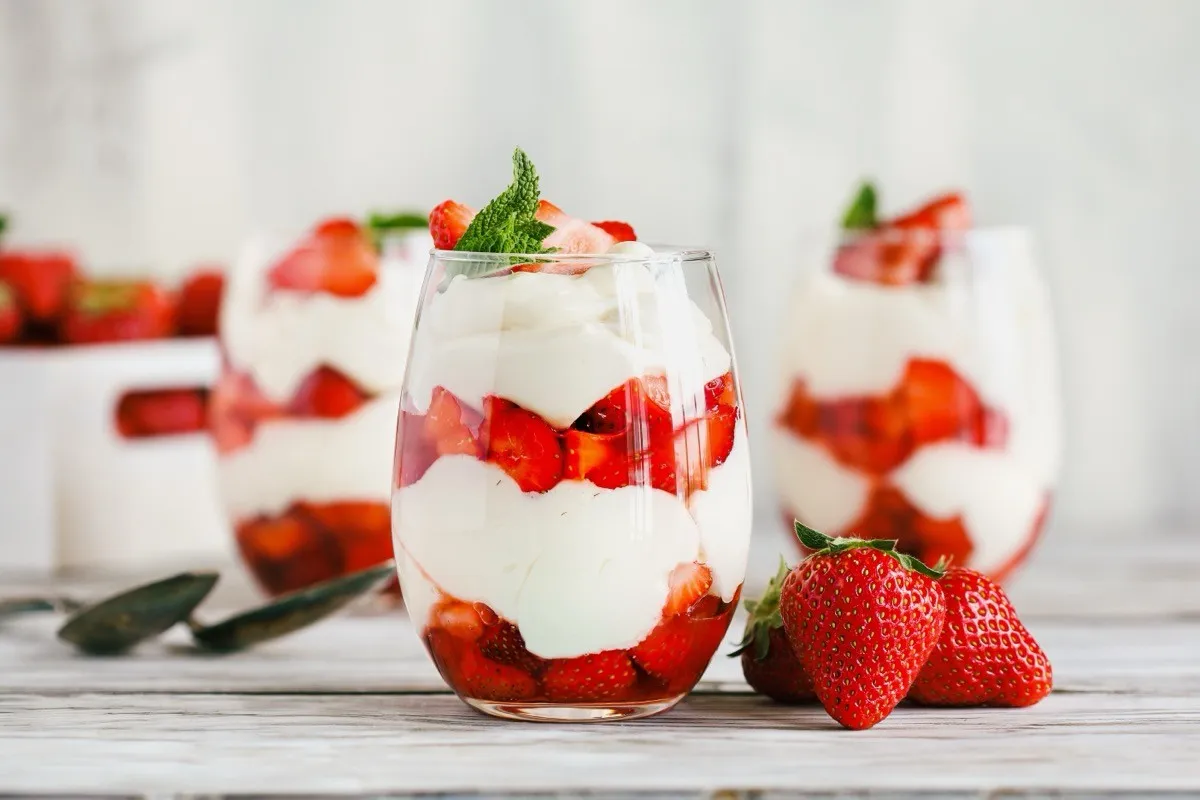
Her second go-to dessert is a Greek Yogurt Parfait with 120 calories, 15 grams of protein, 8 grams of carbs, and 2 grams of fat. "Layer nonfat Greek yogurt, stevia, and sugar-free syrup with berries. So simple, so good," she says.
Protein Ice Cream

If you love ice cream, try Blanco's Protein Ice Cream, which is simple to make and has just 100 calories, 20 grams of protein, 3 grams of carbs, and zero fat. "Blend protein powder, almond milk, ice, and xanthan gum. Freeze for 1 hour = creamy heaven," she writes.
Chocolate Protein Pudding
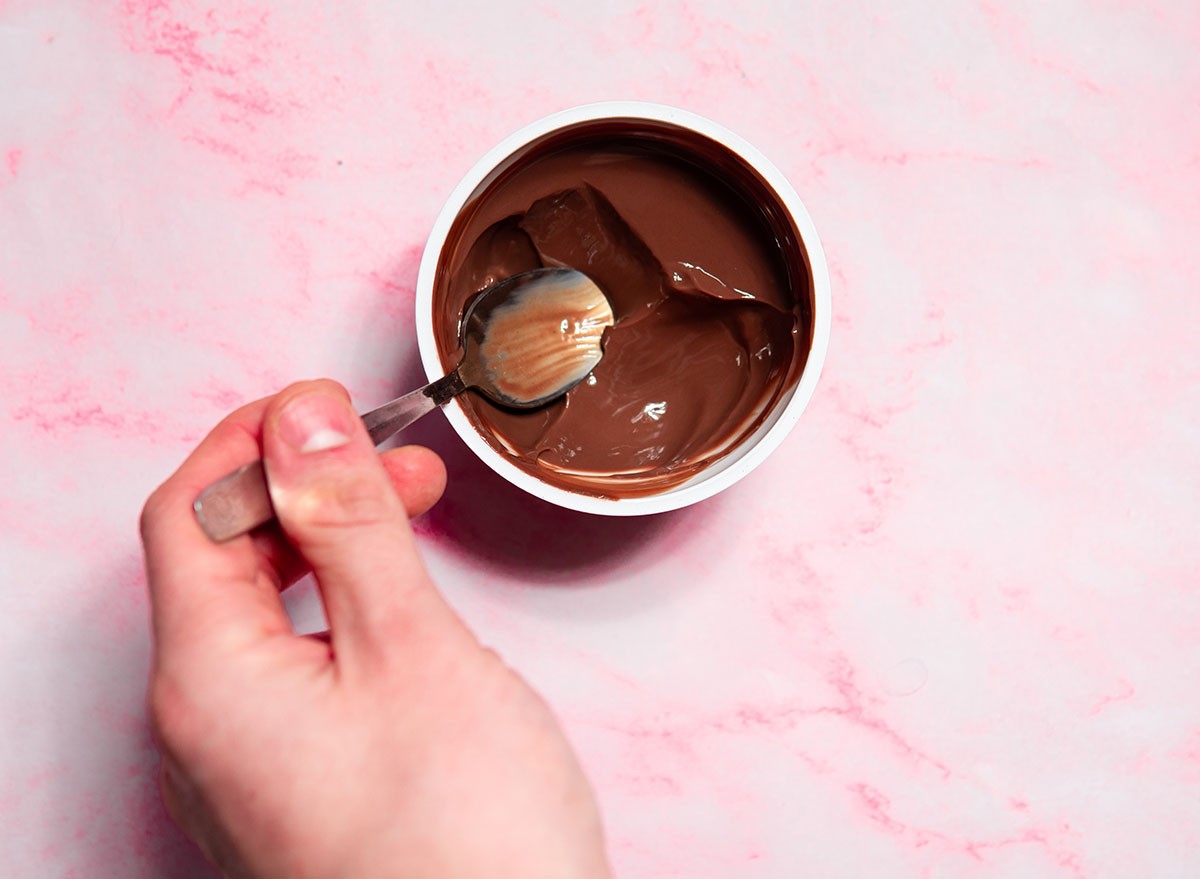
Chocolate Protein Pudding is her fourth dessert with 90 calories, 18 grams of protein, 4 grams of carbs, and one gram of fat. "Mix casein protein, unsweetened cocoa powder, and almond milk. Chill, top with sugar-free whipped cream," she says.
Peanut Butter Protein Balls
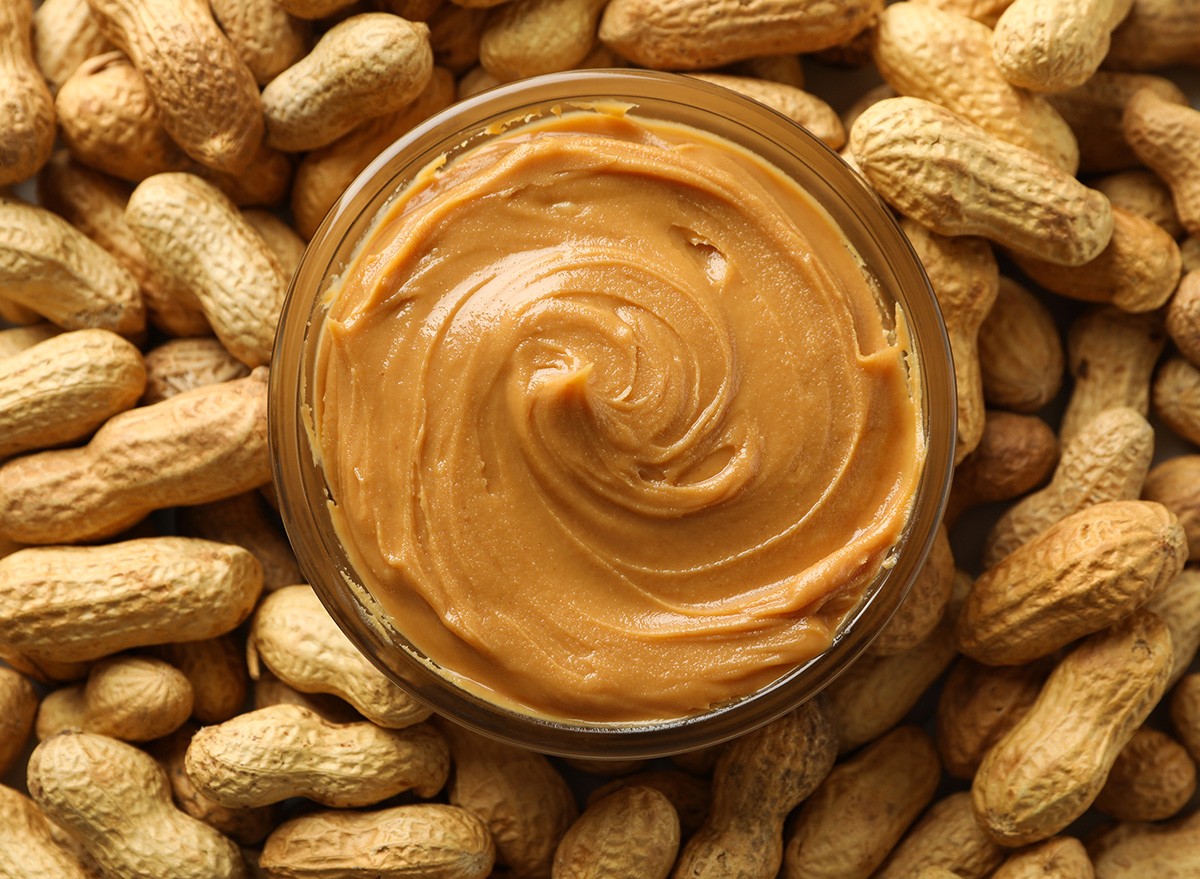
Peanut butter fans will love Brittney's Peanut Butter Protein Balls. One serving has 140 calories, 10 grams of protein, 6 grams of carbohydrates, and six fat grams. "Mix protein powder, powdered peanut butter, almond milk, and stevia into balls. Perfect grab-and-go snack!" she says.
Protein Brownie Batter
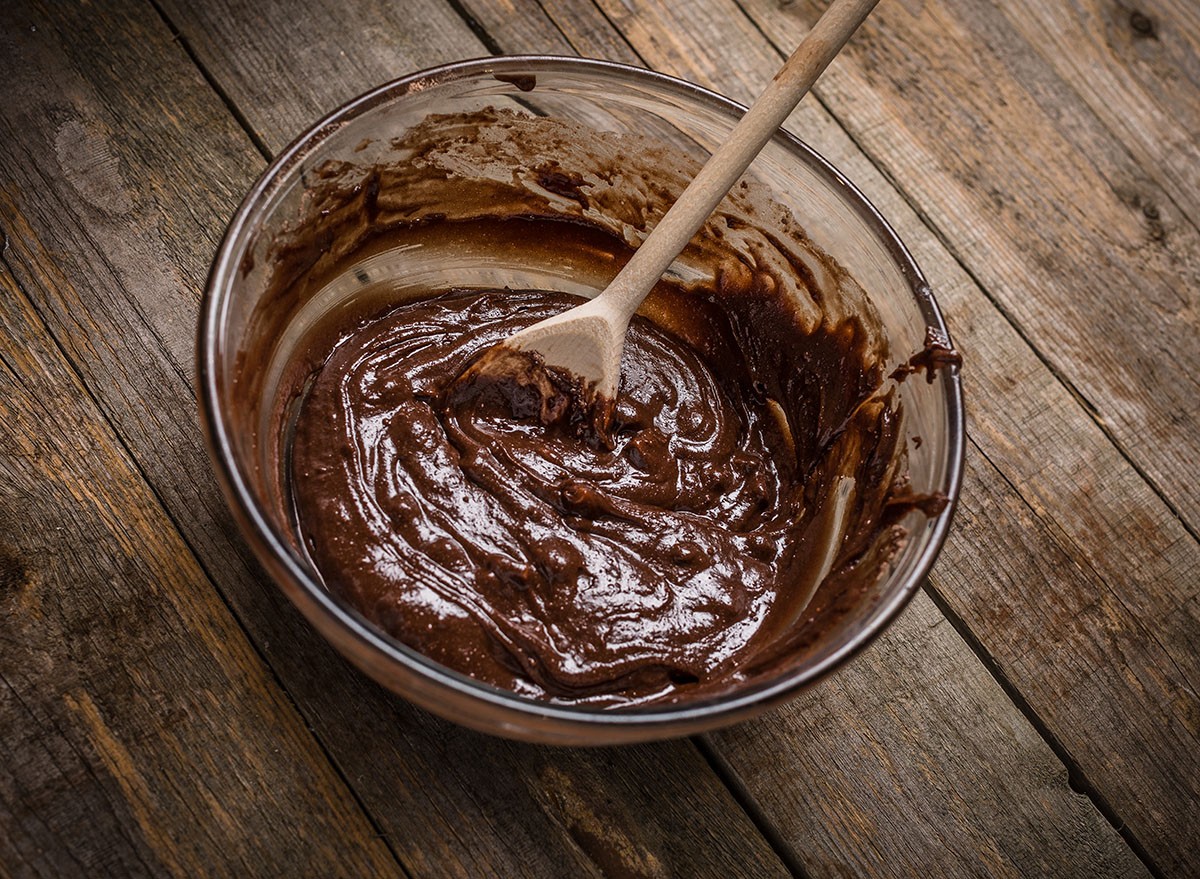
Are you constantly licking out the brownie batter bowl? Try Brittney's Protein Brownie Batter with 80 calories, 12 grams of protein, 3 grams of carbs, and 2 grams of fat. "Mix whey protein, cocoa powder, sugar-free syrup, and a splash of water for a fudgy treat," she says. And if you enjoyed this article, don't miss I'm a Nutritionist and Here Are 25 Weight Loss Truths You Need to Hear.




